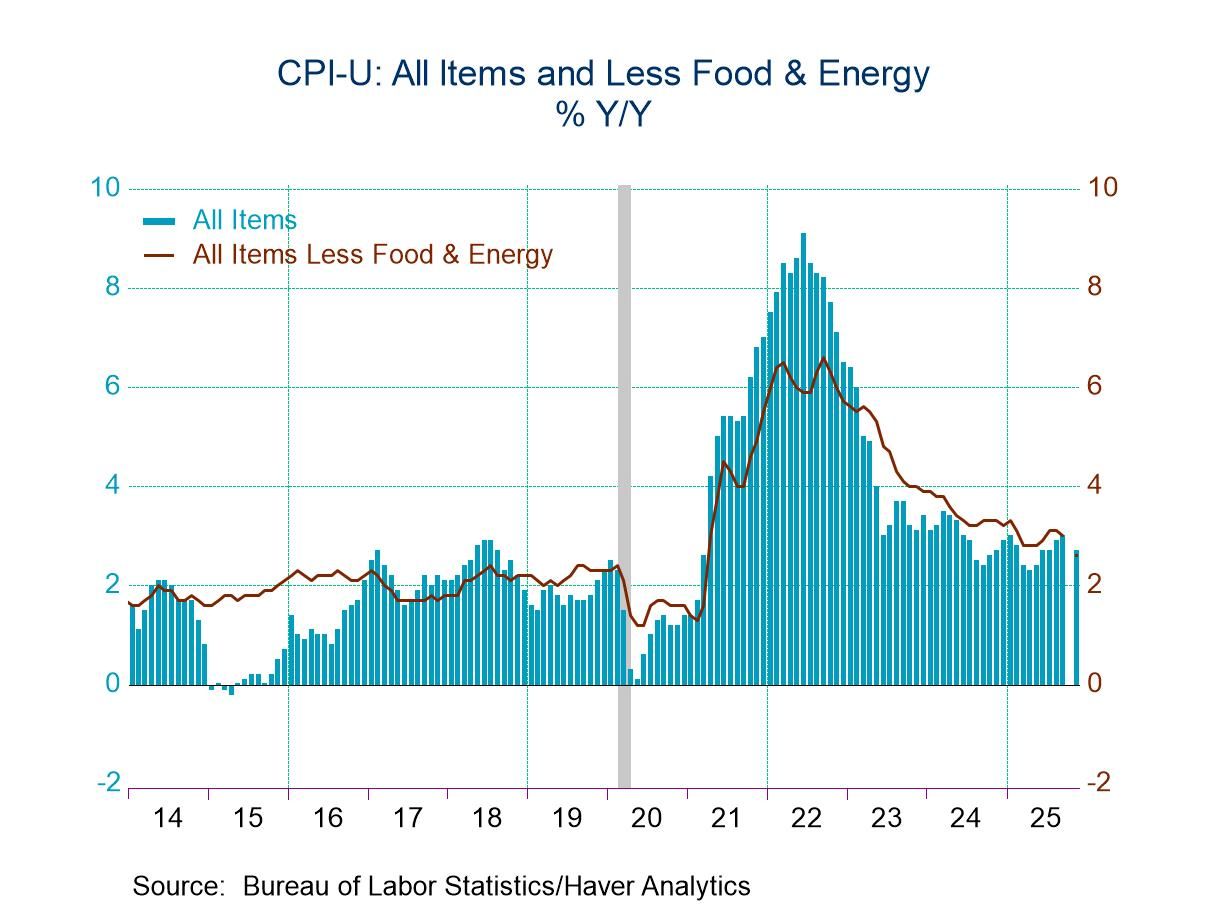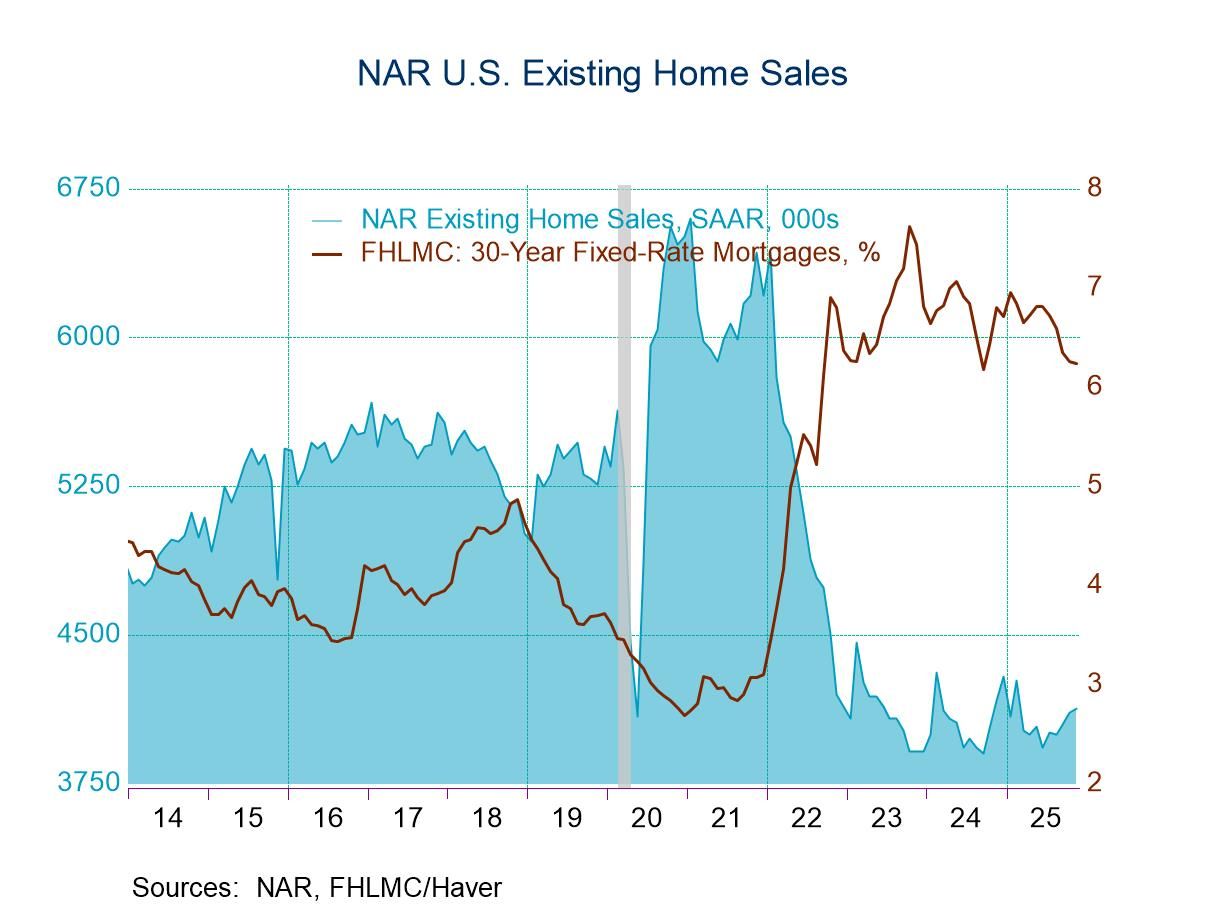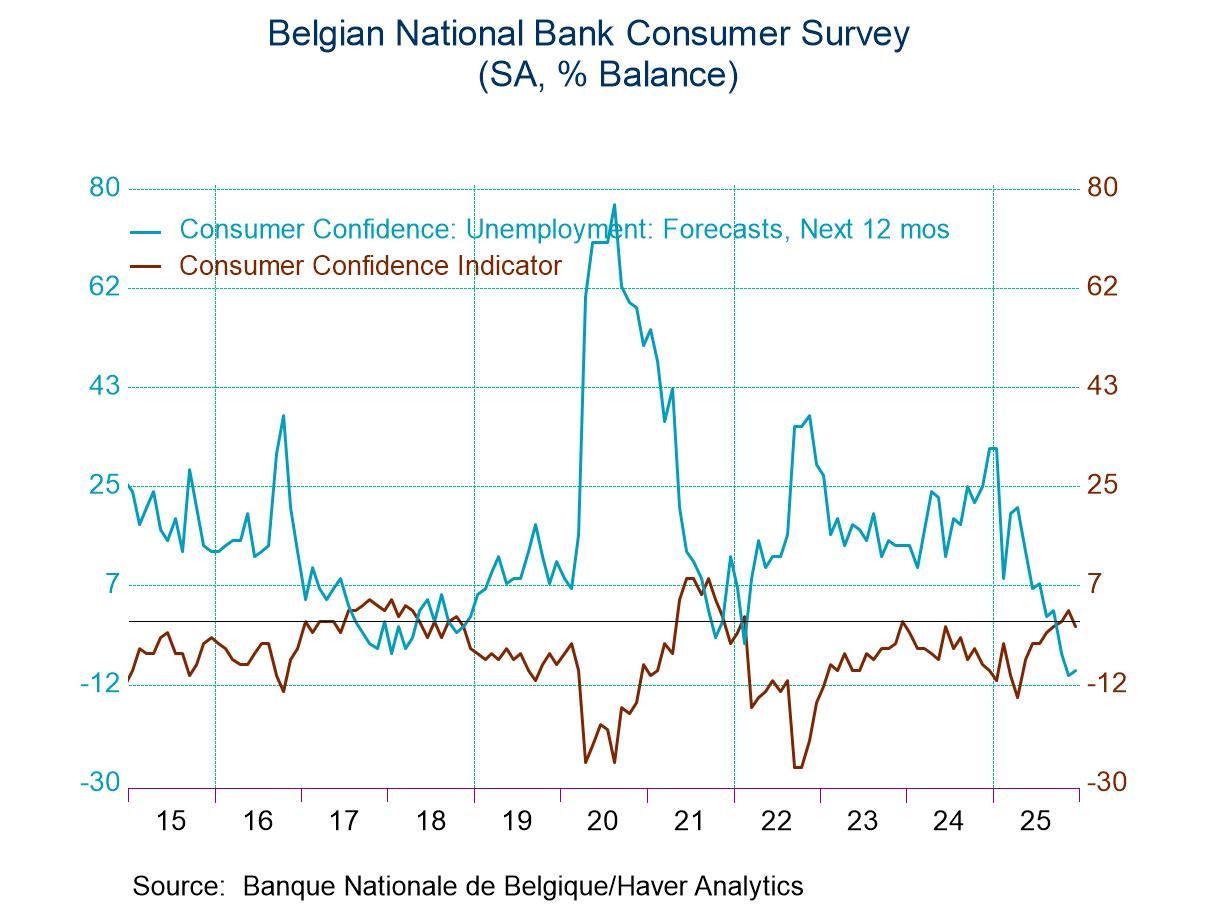 Asia| May 29 2024
Asia| May 29 2024Economic Letter From Asia: Japan’s Balance of Payments
In this week's newsletter, we assess the recent trends and factors shaping Japan's balance of payments. Notably, Japan has witnessed a substantial improvement in its current account surplus in recent months, with an improved goods balance a primary driver. We attribute Japan's improved goods balance in part to a favorable trend in its terms of trade, although we also acknowledge the rise in export volumes for certain key products. Additionally, we highlight Japan's significant net primary income flows, which have played a crucial role in bolstering its current account balance. These substantial primary income flows are arguably a consequence of Japan's long-standing accumulation of overseas assets through both direct and portfolio investments.
This discussion naturally leads us to Japan's substantial net international investment position, which stands as the largest globally. Upon closer examination, we observe a pronounced shift within Japan's investment portfolio, with direct investment holdings progressively displacing its portfolio investment holdings in relative significance. Lastly, we explore recent patterns in Japan's outbound direct investment flows, with a pronounced increase in investments directed towards the US. In contrast, investments into China and the European Union have experienced a downturn in recent times.
Japan’s current account Japan’s current account surplus has surged since early 2023, surpassing 25 trillion yen ($160 billion) in March 2024 on a rolling 12-month basis (Chart 1). A significant portion of this improvement stems from the easing of its goods trade deficit, which decreased to about 3.6 trillion yen ($23 billion) over the period. Concurrently, Japan’s net primary income has remained the primary driver behind the economy’s overall current account surplus, hovering around 35 trillion yen ($220 billion) in recent months. This unique characteristic distinguishes Japan from many other Asian economies, where goods and services exports typically play a more dominant role in current account inflows.
Chart 1: Japan’s current account flows

Examining the catalysts behind Japan’s recent improvement in its goods trade balance, Chart 2 reveals a strong and positive correlation with the substantial rebound in its terms of trade. While both export and import prices in Japan have experienced an uptick, export prices have climbed at a swifter pace compared to imports, consequently bolstering Japan's terms of trade. It is noteworthy that Japan's goods trade balance would have improved solely due to this factor, even if export and import volumes had remained constant. That being said, it is also worth mentioning that the actual volumes of Japan's key exports, such as motor vehicles, motor vehicle parts, and integrated circuits, have also seen growth.
Chart 2: Japan’s goods trade balance and terms of trade

We now turn our attention to the recent factors shaping Japan’s net primary income, which stands as the primary force behind the nation's substantial current account surplus. Chart 3 underscores the post-pandemic upswing in Japan's primary income, which was driven mainly by direct investment income, while portfolio investment income was a secondary driver. Japan derives a significant portion of its direct investment income from its substantial stock of investments in assets abroad, a subject we will delve into further below. On the flip side, income from other investments, additional primary sources, and employee compensation played a comparatively smaller role.
Chart 3: Drivers of Japan’s primary income flows

Japan’s net international asset holdings Turning our attention to Japan's net international investment position in comparison to those of other major economies allows us to comprehend the immense scale of its net asset holdings. According to Chart 4, as of Q4 2023, Japan holds the largest net asset position globally, amounting to $3.4 trillion, with only Germany’s holdings coming close in terms of magnitude. As discussed in last week’s letter, Japan’s substantial international asset holdings stem from decades of significant outward foreign direct investment (FDI) and portfolio investment. In contrast, several other major economies, including the UK, France, Spain, and Australia, find themselves in net liability positions. The US stands out with a net liability position of nearly $20 trillion, underscoring the significant level of indebtedness of the economy.
Chart 4: Japan’s net international investment position

Delving further into the breakdown of Japan’s net international assets, Chart 5 reveals that the economy’s holdings of net direct investment assets have exhibited steady growth over the past decades, gradually becoming a dominant component of its overall net holdings. Meanwhile, Japan’s reserve assets underwent a decline from late 2021, primarily influenced by the securities component of its foreign currency reserves. Moving on to Japan’s net portfolio assets, their value witnessed a decline between 2020 and 2022 but has been steadily rebounding since. The significant proportion of Japan’s net direct and portfolio investment holdings partially accounts for the substantial contributions to Japan’s primary income, as discussed earlier.
Chart 5: Breakdown of Japan’s net international investment position

We now turn our attention to the trends shaping Japan’s outbound direct investment, offering deeper insights into the evolving landscape of Japan's economic engagements across borders. Chart 6 illustrates a significant surge in Japan's direct investment outflows towards the United States, totaling 11.1 trillion yen by March 2024, based on a rolling 12-month aggregate. Conversely, a discernible trend emerges as Japan's investment into China has shown a steady decline since early 2022, potentially reflective of geopolitical realignments and evolving global alliances among major economies. Equally noteworthy is the recent downturn in Japan's investments within the European Union, perhaps signaling a shift in its investment priorities in recent months.
Chart 6: Japan’s financial account flows

Tian Yong Woon
AuthorMore in Author Profile »Tian Yong joined Haver Analytics as an Economist in 2023. Previously, Tian Yong worked as an Economist with Deutsche Bank, covering Emerging Asian economies while also writing on thematic issues within the broader Asia region. Prior to his work with Deutsche Bank, he worked as an Economic Analyst with the International Monetary Fund, where he contributed to Article IV consultations with Singapore and Malaysia, and to the regular surveillance of financial stability issues in the Asia Pacific region.
Tian Yong holds a Master of Science in Quantitative Finance from the Singapore Management University, and a Bachelor of Science in Banking and Finance from the University of London.






